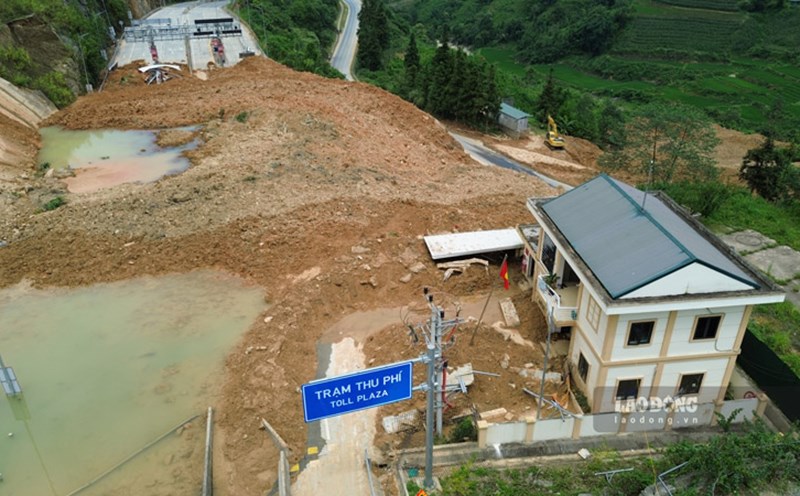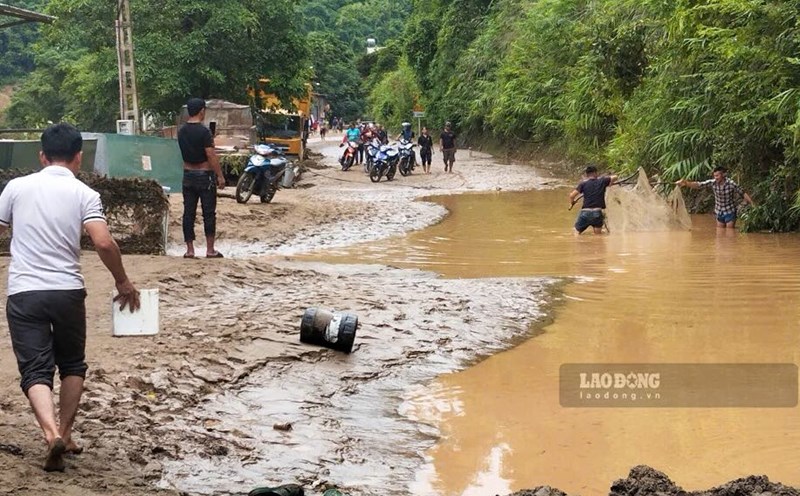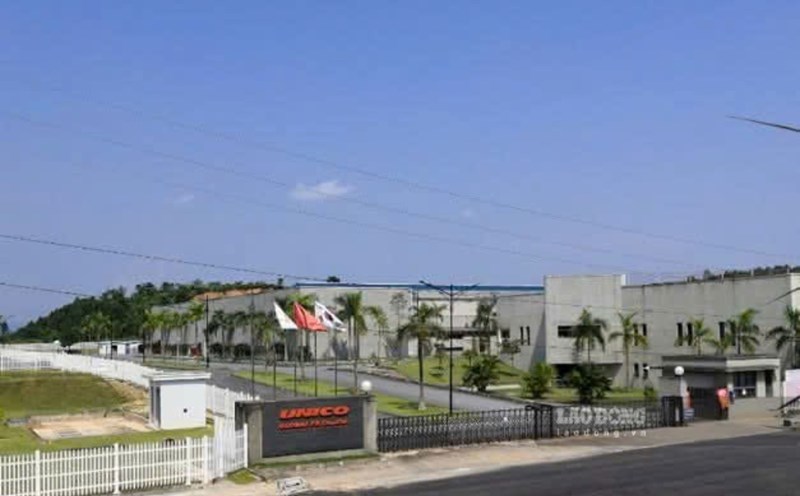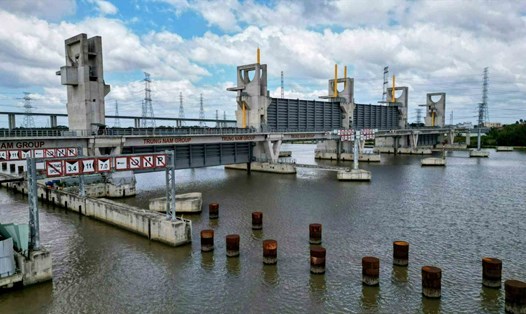The project to solve flooding caused by tides in the Ho Chi Minh City area taking into account climate change factors (phase 1) started in 2016 under the BT (build - transfer) form, with a total investment of nearly 10,000 billion VND.
The goal is to control flooding caused by high tides for an area of about 570 km2, with about 6.5 million people on the right bank of the Saigon River and the center of Ho Chi Minh City.
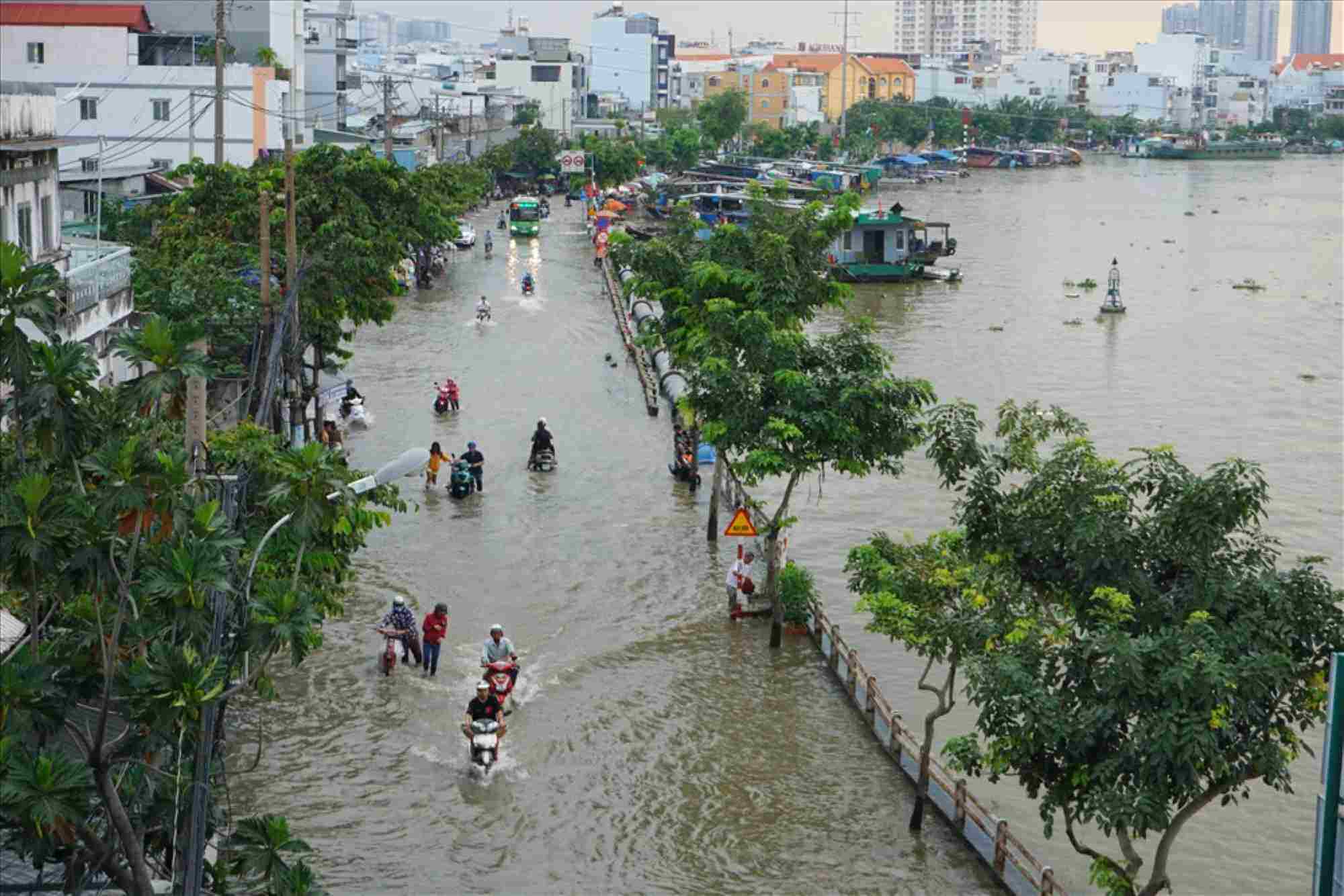
As of the temporary suspension in November 2020, the project has reached more than 90% of the construction volume. However, problems with land fund payment, capital allocation and completion of legal procedures forced the project to temporarily suspend construction.
According to Trung Nam Construction Investment Joint Stock Company - the project investor, the prolonged stagnation has caused arising costs to increase sharply, in which the loan interest alone is up to more than 1.7 billion VND per day. If calculated according to the expected completion schedule by the end of 2025, the total investment of the project has increased to more than VND 14,000 billion.
A representative of Trung Nam Company affirmed that when all current problems are resolved, the investor can restart construction immediately upon completing the mobilization of materials and human resources, with a time limit for completing the entire project within 9 months.
Recently, the Government issued Resolution 212/NQ-CP on removing difficulties and obstacles for the project.
According to the Resolution, the Ho Chi Minh City People's Committee is allowed to adjust the project's Feasibility Study Report and implement payment options using land funds to remove capital obstacles.
Ho Chi Minh City will use three land plots to pay investors, including: Land plot of Lot C8A - Area A - New Urban Area of Nam Thanh City (large 5,500 m2, old District 7); land plot 762 Binh Quoi (large 4,298 m2, old Binh Thanh District); land plot 232 Do Xuan Hop (large over 17,500 m2, old Thu Duc City).
In case the value of the land fund is lower than the value of the project (after eliminating unreasonable costs), the difference will be paid with public investment capital managed by Ho Chi Minh City.
In addition, the Government also assigned the State Audit to conduct a project audit to serve as a basis for settling construction investment capital, ensuring the harmony of interests between the State and investors, avoiding waste, and putting the project into operation soon.
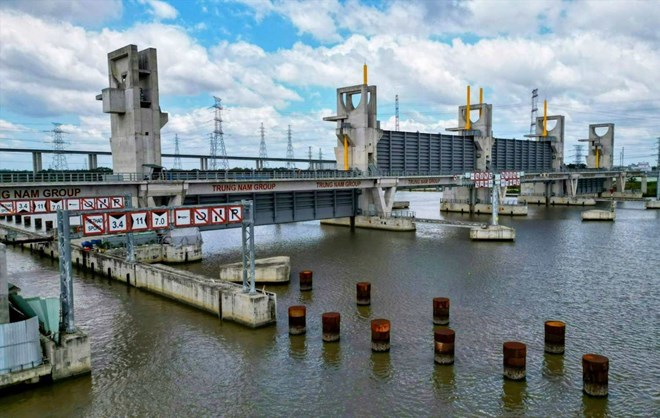
To prepare for the reconstruction, Ho Chi Minh City has recently added VND1,800 billion in public investment capital in 2025 to the tidal barrier project.
At the same time, Ho Chi Minh City has directed departments and branches to urgently complete legal procedures related to payment land funds.
The Ho Chi Minh City Department of Finance is assigned to preside over and coordinate with relevant units to study and propose investment policies for land plots, and quickly implement the adjustment of contracts with investors. In particular, selecting a consulting unit to review the dossier to adjust the feasibility study report, advise the entire project working group, negotiate and sign the BT contract appendix, as well as specific payment options.
The Ho Chi Minh City Urban Infrastructure Construction Investment Project Management Board is assigned to check the value of the completed volume, as a basis for submitting a recommendation for the audit of the completed value.
Regarding operation after completion, the Ho Chi Minh City People's Committee assigned the Department of Construction to preside over and coordinate with the Department of Agriculture and Environment and related units to develop a handover plan, determine the unit receiving the operation and technical standards for the construction system.



